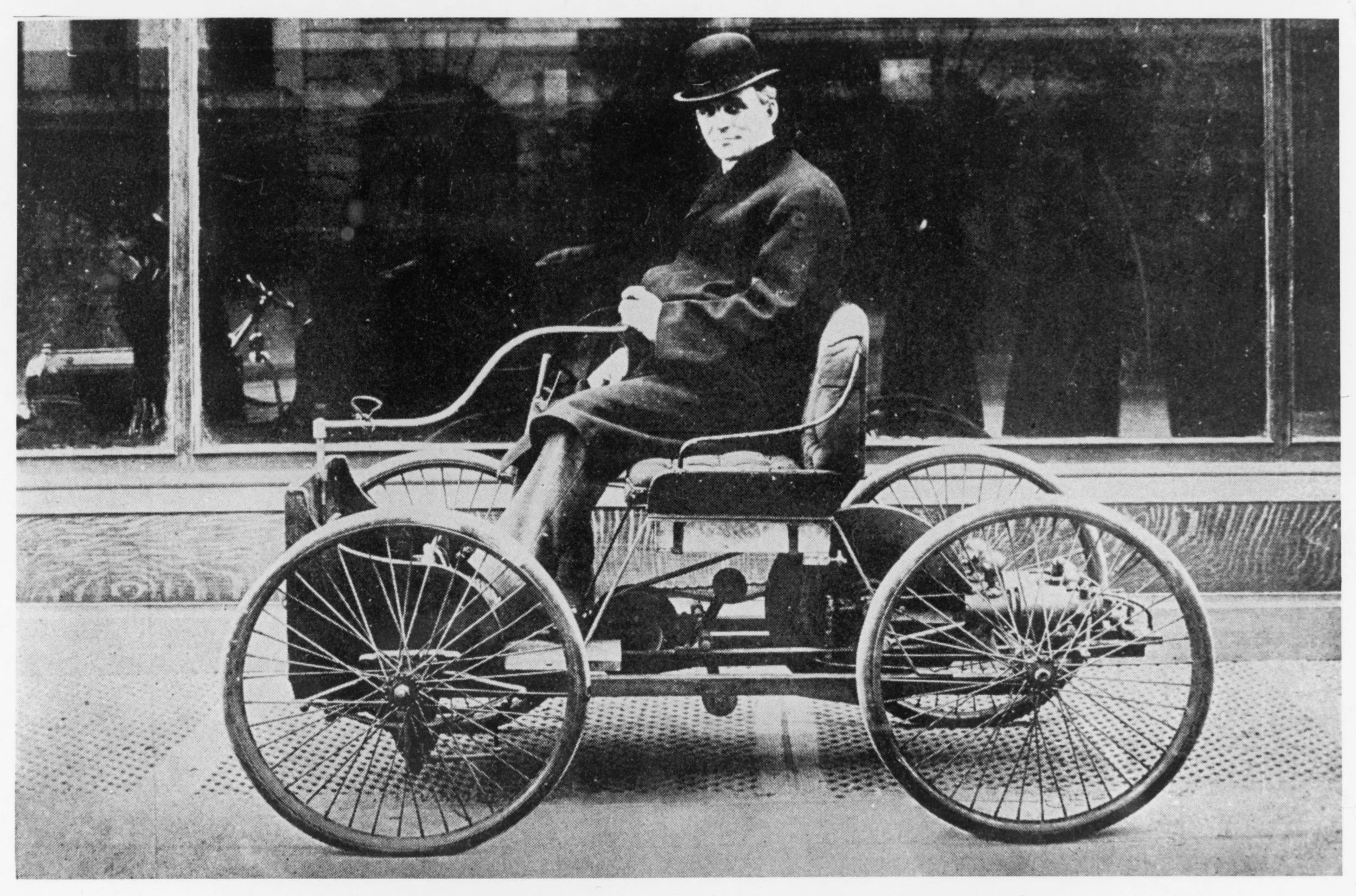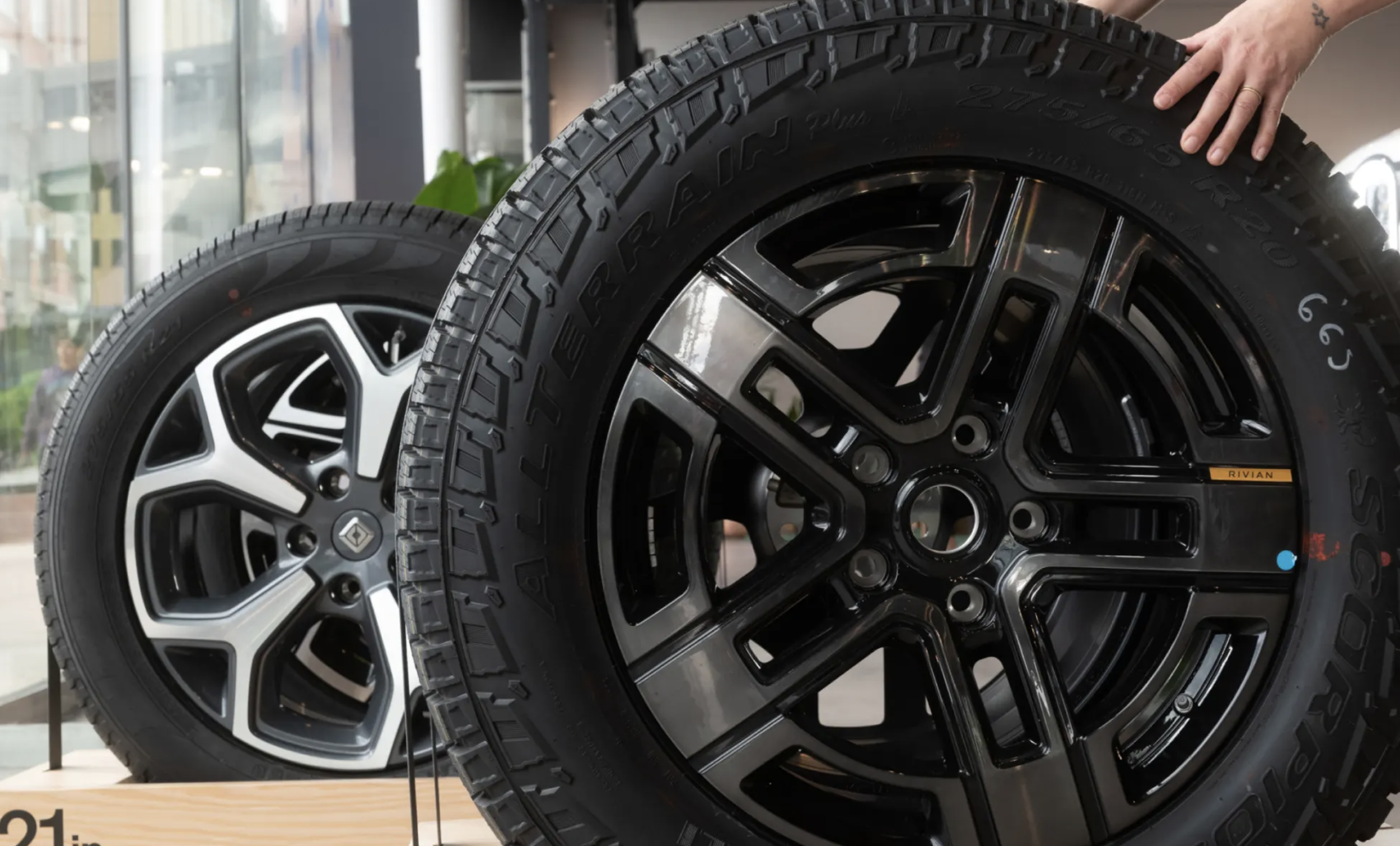
Driving the
future of mobility
Uncover the advanced technology that powers electric vehicles and energizes America’s next chapter.
Why the world is going electric
Around the world, drivers are embracing electric vehicles (EVs) for their revolutionary performance, easy maintenance and smart technology. It has become a global shift. But this transformation has not been sudden, as the automobile’s history is one of continuous innovation. And today, EVs stand as the latest and perhaps most significant chapter in America’s rich automotive legacy.
This website will help you understand how EVs work and what it's like to own one, with clear, straightforward answers to common questions.
The EV basics
EVs run on a battery and an electric motor. Think of it like a light switch: the second you press the pedal, the motor gets 100% power. Because there’s no gas engine that needs to rev up and start burning fuel, the power is instant and silent.
This electric setup also means you’ll plug it in at home, instead of stopping for gas. That lack of an engine changes maintenance, too. An electric motor has only a few moving parts, which means no oil to change, no spark plugs to replace and no belts to break. This section will walk you through these differences.
Modern vehicle engineering
EVs use an highly efficient electric motor that is direct-drive, which delivers power with no gear shifts. Many models are also software-driven and, like a smartphone, can receive new features overnight.
The power of EVs: Innovation, savings and growth
Lower costs, higher savings
According to Consumer Reports, EV owners save an average of 50% on maintenance and repairs, as well as 60% in operating costs by using electricity instead of gas.³
Creating American jobs
Since 2015, the U.S. EV industry has announced $199 billion in private investment and over 200,000 jobs in manufacturing and supply chains.⁶
Improving air quality
EVs produce no tailpipe emissions, which makes the air we breathe immediately cleaner. The American Lung Association finds EV adoption linked to fewer asthma attacks and respiratory illnesses.⁷
Exploring insights in EV innovation
- U.S. Environmental Protection Agency (EPA): Electric Vehicle Myths
- U.S. Department of Energy (DOE): Electric Vehicle Fire Primer for Fleet Managers
- Consumer Reports: Electric Vehicle Ownership Costs
- National Renewable Energy Laboratory (NREL): Research Determines Financial Benefit from Driving Electric Vehicles
- U.S. Department of Energy (DOE): R&D GREET Life Cycle Assessment Model
- Environmental Defense Fund: U.S. Electric Vehicle Manufacturing Investments and Jobs
- American Lung Association: Driving to Clean Air










